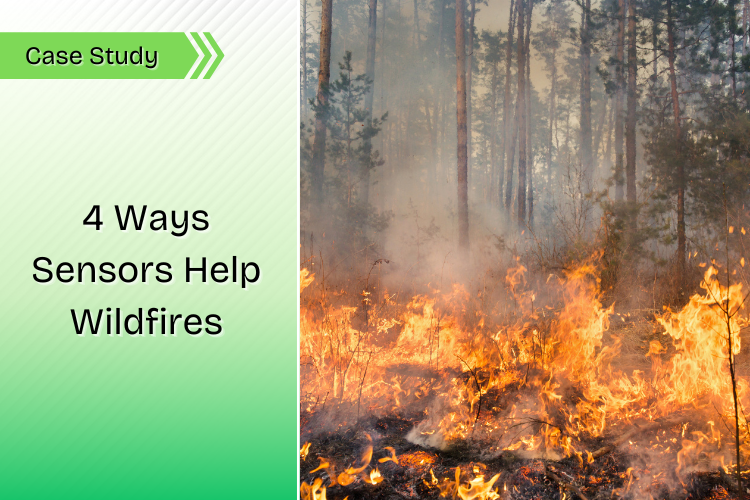When a challenge presents itself, researchers and students at universities step up to find a solution. Such was the case at Stanford when wildfire researchers ran into the challenge of deploying sensors to monitor smoke from prescribed burns.
Students and researchers began working together to develop customized sensors for controlled fire monitoring and sustainability research. The fact is we will see more states fast track wildfire prevention efforts. California is one such state. These efforts could include more controlled burns, but the agencies need better data to understand how these controlled burns impact air quality.
As the threat of wildfires grows, the low-cost, low-power sensors can help in several different ways.
Here is how this can help:
- Inform risk management as state wildfire agencies and others scale up their use of prescribed burns.
- Better understand the impact of prescribed burns to surrounding communities.
- Bring notifications to the community.
- Low-cost ways for land managers to monitor air pollutants and smoke exposure.
Looking to the future, we will see greater use of the technology. The research team will also add enhancements such as more environmental indicators and will work with local communities and agencies.


